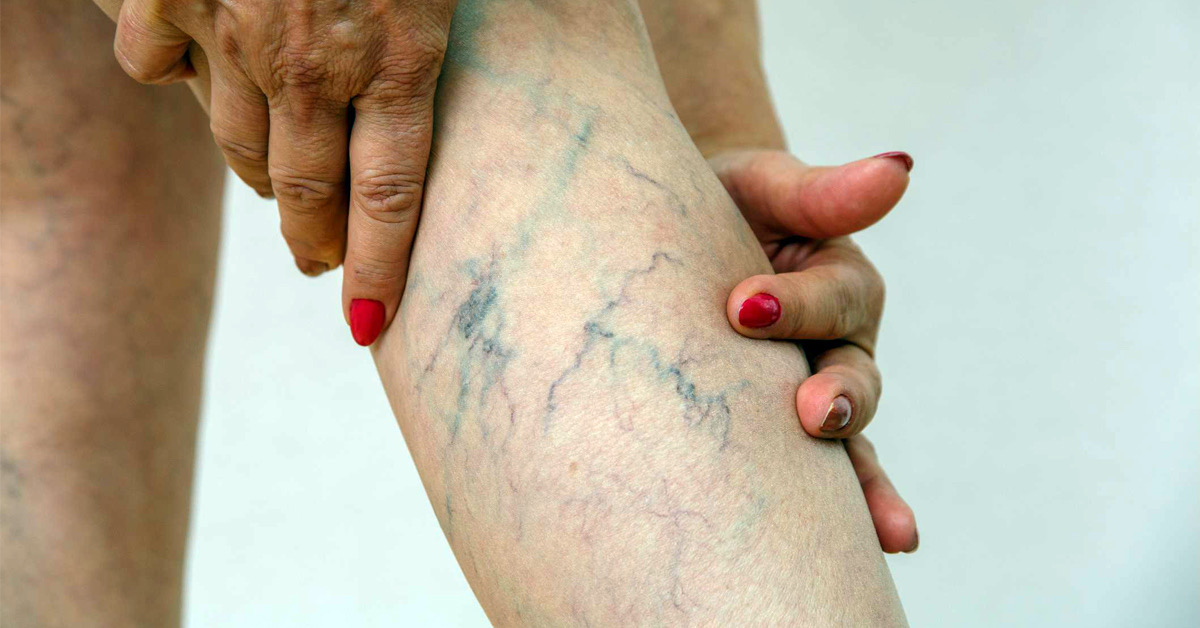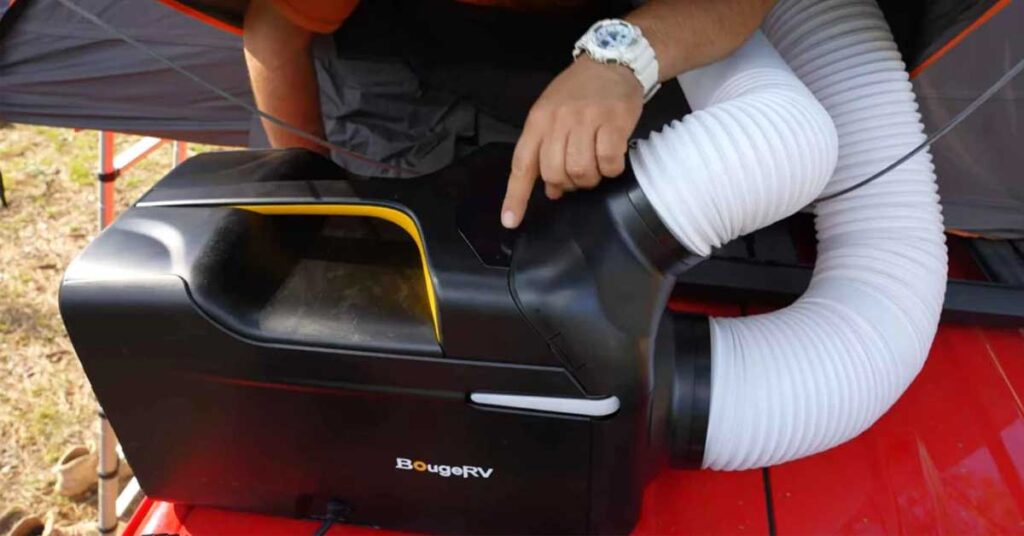Varicose veins are quite common, found in about one in every three men and one out of every two women. The condition is so familiar that many individuals consider it a cosmetic problem and just choose to live with it. Varicose veins appear as enlarged and twisted veins prominently on the legs.
However, these are more than just cosmetic issues. If you leave them untreated, varicose veins can quickly lead to significant problems. While varicose veins are normal, painful varicose veins aren’t. Here is why it is not advisable to overlook the varicose veins.
ⓘ Disclaimer: The following article is for knowledge purposes only. You must consult your doctor or healthcare provider.
What causes varicose veins?
Varicose veins are usually a result of weakened valves and veins in the legs and ankles. The weakened vein walls enlarge due to the pressure of the blood and bulge up. Varicose veins also occur when the blood cannot flow in the right direction and start pooling up inside the veins.
They often have a bright purple colour and are easily visible. The factors resulting in varicose veins can be ageing, pregnancy, obesity, and family history.
What happens if you do not get your varicose veins treated?
Most people consider varicose veins simply a cosmetic problem that affects their looks. Although effective treatments are available, many individuals choose to leave these veins alone. However, untreated varicose veins can cause major problems that you would want to avoid.
1. Ulcers
When enlarged veins grow under the skin, they can lead to chronic venous insufficiency (CVI), a vein disorder. Due to CVI, painful ulcers can develop on the leg and destroy the surrounding skin. The stretching of the skin that occurs due to swelling hampers the body’s defence against skin infections.
Moreover, the swollen tissues block off oxygen and nutrients from flowing to the affected area in case of an ulcer or infection. These problems greatly reduce the healing abilities of the skin, thus resulting in painful ulcers that are hard to treat.
2. Bleeding
The varicose veins are larger than normal veins and contain more blood. Hence, in case of a cut or an injury, it would bleed much more than usual. This brings up the dangers of excessive bleeding, especially as the wound would be hard to heal. The skin over the area would tend to become bruised easily, in a distinct manner, even if an injury does not lead to bleeding.
3. Superficial Thrombophlebitis
A vein disease, known as Superficial Thrombophlebitis, is often the result of varicose veins. The veins continue to weaken, which results in the inflammation of the surrounding area. The skin throughout the legs and the ankles may redden and swell, along with other problems like pain and tenderness. The veins may also develop blood clots and harden.
A vein disease, known as Superficial Thrombophlebitis, is often the result of varicose veins. The veins continue to weaken, which results in the inflammation of the surrounding area. The skin throughout the legs and the ankles may redden and swell, along with other problems like pain and tenderness. The veins may also develop blood clots and harden.
When left untreated, varicose veins may also result in Deep Vein Thrombosis, a serious condition that makes the leg swollen, painful, and warm. In fact, about 25% of the individuals who develop blood clots in varicose veins suffer from this condition.
Deep Vein Thrombosis calls for immediate medical attention, as it could potentially turn fatal. This is because if the blood clot breaks off and moves to the lungs, it would cause pulmonary embolism, a life-threatening condition.
4. Lack of mobility
Certain conditions resulting from varicose veins can make it difficult or impossible to walk around. For instance, you could develop Lipodermatosclerosis, an inflammation of the tissues in the legs. This makes the legs feel heavy, reducing mobility. The patient may feel discomfort of varying levels while trying to walk.
In short, varicose veins is a painful vascular condition that would prevent you from enjoying your regular lifestyle. So, it becomes important not to give up their treatment.
5. Swelling of the legs
Your legs could also swell up as a result of varicose veins. This is simply because the fluid from the blood in the veins starts leaking to nearby tissues due to high pressure. While severe swelling is easily visible, some of the signs of swelling include a tight sensation on the skin. You may find it harder to fit your feet into your shoes, and socks may leave impressions on the skin. In many cases, the skin of the legs starts to leak a yellowish or clear fluid.
6. Swelling of legs
Your legs could also swell up as a result of varicose veins. This is simply because the fluid from the blood in the veins starts leaking to nearby tissues due to high pressure. While severe swelling is easily visible, some of the signs of swelling include a tight sensation on the skin. You may find it harder to fit your feet into your shoes, and socks may leave impressions on the skin. In many cases, the skin of the legs starts to leak a yellowish or clear fluid.
How can you avoid these risks?
By now, it is evident that one should not overlook varicose veins as merely a cosmetic problem, as they can lead to severe complications. Especially if you feel pain in the leg with varicose veins, you should consider getting the condition treated at the earliest. If the condition is mild, compression therapy may be of help. However, special treatment procedures are available for more severe varicose vein problems.
Conclusion
Leading vein centres offer different treatment options, such as sclerotherapy, EVLT, RFA, and VenaSeal. You may find a reputed clinic and consult a doctor to go ahead with the treatment. Treating painful varicose veins early would save you from the hassles and hazards of greater complications.
ⓘ LAFFAZ is not responsible for the content of external sites. Users are required to read and abide by our Terms & Conditions.









